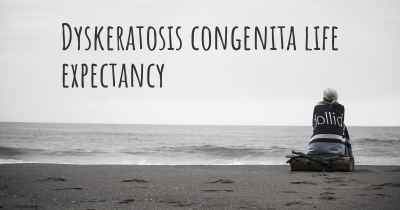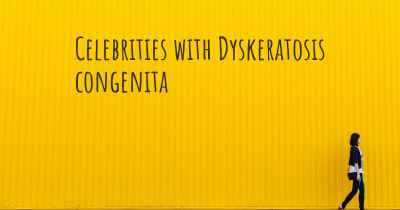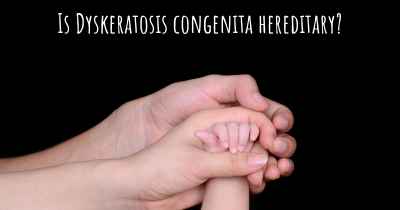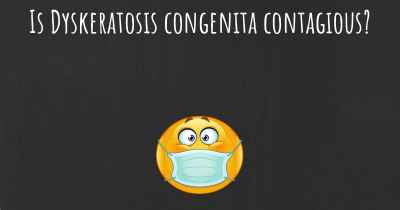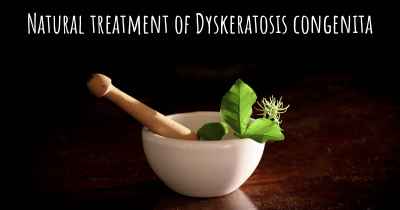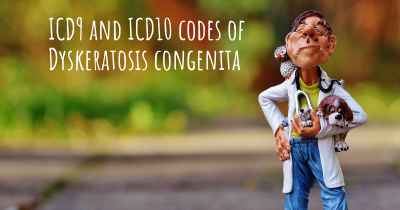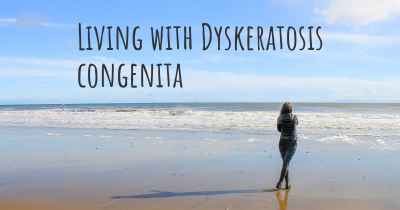Is it advisable to do exercise when affected by Dyskeratosis congenita? Which activities would you suggest and how intense should they be?
See if it is advisable for people with Dyskeratosis congenita to practice sports and which ones are the most recommended if you have Dyskeratosis congenita
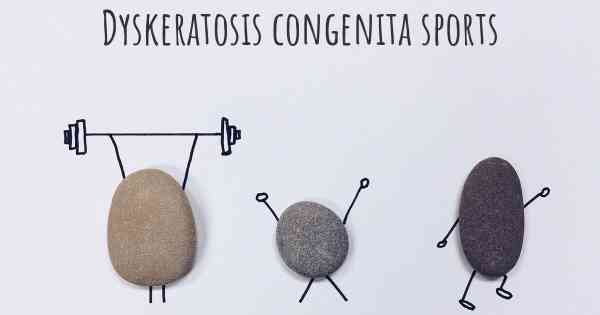
Dyskeratosis congenita (DC) is a rare genetic disorder that affects various parts of the body, including the skin, nails, and bone marrow. It is characterized by a shortened lifespan of cells, leading to a range of symptoms and complications. While exercise is generally beneficial for overall health, it is important to approach it with caution when affected by DC.
Consulting with a healthcare professional is crucial before starting any exercise regimen, as they can provide personalized guidance based on the individual's specific condition and needs. They will consider factors such as the severity of symptoms, overall health, and any existing complications.
That being said, gentle and low-impact exercises are generally recommended for individuals with DC. These activities can help improve cardiovascular health, muscle strength, and overall well-being without putting excessive strain on the body. Here are some exercise suggestions:
- Walking: Walking is a low-impact exercise that can be easily tailored to an individual's fitness level. It helps improve cardiovascular health, strengthens muscles, and promotes overall well-being. Start with shorter durations and gradually increase the distance and intensity as tolerated.
- Swimming: Swimming is a great option for individuals with DC as it is gentle on the joints and provides a full-body workout. It helps improve cardiovascular fitness, muscle strength, and flexibility. However, it is important to avoid overexertion and listen to the body's signals.
- Yoga: Yoga combines gentle movements, stretching, and breathing exercises, making it suitable for individuals with DC. It can help improve flexibility, balance, and relaxation. However, certain poses may need to be modified or avoided based on individual limitations.
- Cycling: Cycling on a stationary bike or using a recumbent bike can be a low-impact exercise option for individuals with DC. It helps improve cardiovascular fitness, leg strength, and joint mobility. Start with shorter durations and gradually increase the intensity as tolerated.
- Resistance training: Light resistance training with the guidance of a qualified professional can help improve muscle strength and overall fitness. It is important to use proper form and avoid heavy weights or exercises that may strain the body.
Intensity is a key consideration when exercising with DC. It is important to start slowly and gradually increase the intensity and duration of the exercises as tolerated. Overexertion should be avoided, as it can lead to fatigue, increased risk of injury, and exacerbation of symptoms.
Listening to the body's signals is crucial during exercise. If any discomfort, pain, or excessive fatigue is experienced, it is important to stop the activity and rest. Pushing through pain or ignoring warning signs can be detrimental to overall health.
Regular monitoring and follow-up with a healthcare professional is essential to ensure that the exercise regimen is appropriate and beneficial. They can provide guidance, monitor progress, and make any necessary adjustments based on the individual's condition.
In conclusion, while exercise can be beneficial for individuals with Dyskeratosis congenita, it is important to approach it with caution and seek guidance from a healthcare professional. Gentle and low-impact exercises such as walking, swimming, yoga, cycling, and light resistance training are generally recommended. Starting slowly, gradually increasing intensity, and listening to the body's signals are key to a safe and effective exercise routine. Regular monitoring and follow-up with a healthcare professional are essential to ensure the exercise regimen is appropriate for the individual's specific condition.
